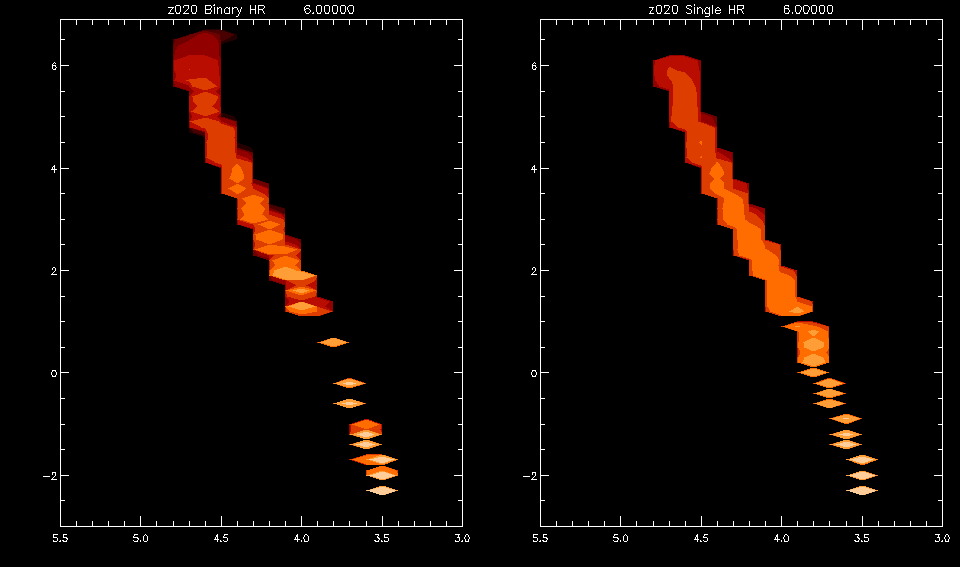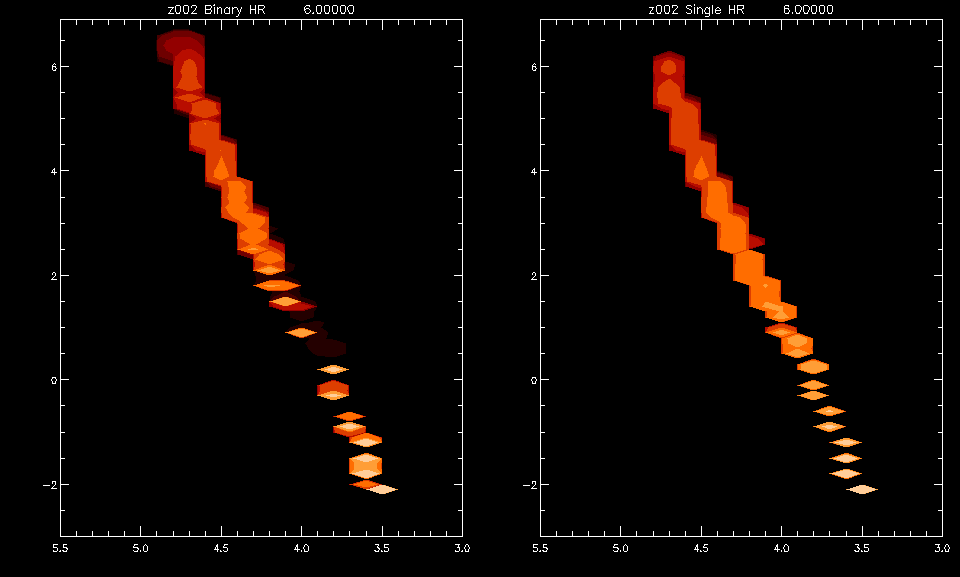 BPASS
BPASSBinary Population and Spectral Synthesis
FAQ & Outreach
What is BPASS?
BPASS is a set of models which follows the detailed evolution of 250,000 detailed stellar evolution models, including the effects of binary evolution, and combines these to predict the behaviour of resolved and unresolved stellar populations, their energy output and the rates of stellar transients.
What is BPASS good for?
BPASS has been used (by us and others) to study a broad range of astrophysical systems including individual stars, supernovae, GW sources, local stellar clusters, star forming galaxies and reionization.
Do your models depend on parameter X…?
The models include prescriptions for mass loss, mass transfer, stellar winds, and (in a basic way) rotational mixing. We have a grid of 68 initial primary star masses from M1 = 0.1 to 300Msun, 9 values for the mass ratio, q, from 0.1 to 0.9, and 21 initial periods from 1 day to 10000 days. These are distributed to match local observational constraints such that 70% of massive stars interact on their main sequence lifetimes. We also provide models for single stars which can be added to vary the binary fraction. Our v2.0 model grid includes:
- Metallicities, Z=0.001, 0.002, 0.003, 0.004, 0.006, 0.008, 0.010, 0.014, 0.020, 0.030 and 0.040.
- Seven stellar initial mass functions with different slopes and mass limits.
- Stellar ages from 1 Myr up to 10 Gyr.
- Single age starbursts and continuous star formatiAon.
What don’t you consider?
Many, many things… but most of these are secondary effects. Some of the more important work in progress includes more stellar models, a finer grid of masses, lower metallicities, improved treatment of compact binaries, more detailed prescriptions for stellar rotation, non-solar abundance ratios, and complex star formation histories. Perhaps most importantly, we are working to refine our models for nebular gas modification of the spectra and prescriptions for dust and non-‐thermal emission.
So… what about nebular emission?
BPASS models the emission from a stellar population – but only from the stars within it. A complication arises in comparing this with observations: in the later, the stellar continuum is processed by dust and nebular gas in the interstellar medium. So, why don’t we do the same? Simply put: no one really knows what the nebular gas condiAons beyond the very local Universe, and these can have a profound effect on observed emission lines in the UV and optical. As a result, the uncertainties in gas parameters can swamp the uncertainties in stellar populations.
In published work, we have processed data files through the radiative transfer code CLOUDY (Ferland et al) with a default set of parameters, but we hesitate to distribute these files until we have refined our choice of nebular parameters. Instead we encourage users to explore the effects of nebular emission with their favourite radiative transfer code. Our website provides an example IDL programme or converting BPASS models into CLOUDY input code and you can contact us for further information.
Where can I get BPASS?
A full set f utput files (including stellar SEDs, colours, stellar number counts, ionizing fluxes and core-collapse supernova rates can be found on our websites: http://bpass.org.uk OR http://warwick.ac.uk/bpass OR http://bpass.auckland.ac.nz
ANITA Summer School lecture notes [PDF]
Excel file of Z=0.020 stellar population predictions for colours and numbers [DOWNLOAD]
Tasks:
1) What fraction of mass must be ejected from a binary in a supernova for it to become unbound? (Consider gravitational binding energy and kinetic energy in the binary and express the result as a fraction of the total mass).
2) Using the above spread sheet for the two pages with UBVRIJHK colours compare how the magnitudes vary between the two and determine which is the single star and which is the binary. (Plot a few of the colours, blue and red, which have the bigger difference? Or try to plot a colour like V-I versus time).
3) Using the same spread sheet but now the "Numbers" pages estimate the ratio of the number of O to WR stars, the number of RSG to WR stars and the number of WC to WN+WNH stars assuming constant star-formation rate for 1 Gyr. Which is binary and which is single star population? (Pages have already had the total numbers calculated assuming constant star-formation so you do just have to divide the totals into each other).
Then compare these to the observed values for the Galaxy and galaxies of a similar metallicity of 0.1, 1.15 and 0.6. (The are latest numbers from observers!)
[If you have time, how do these ratios vary with the age of the stellar population?]


License: The results from BPASS and CURVEPOPS available on this site licensed under a Creative Commons Attribution-NonCommercial 4.0 International License.




